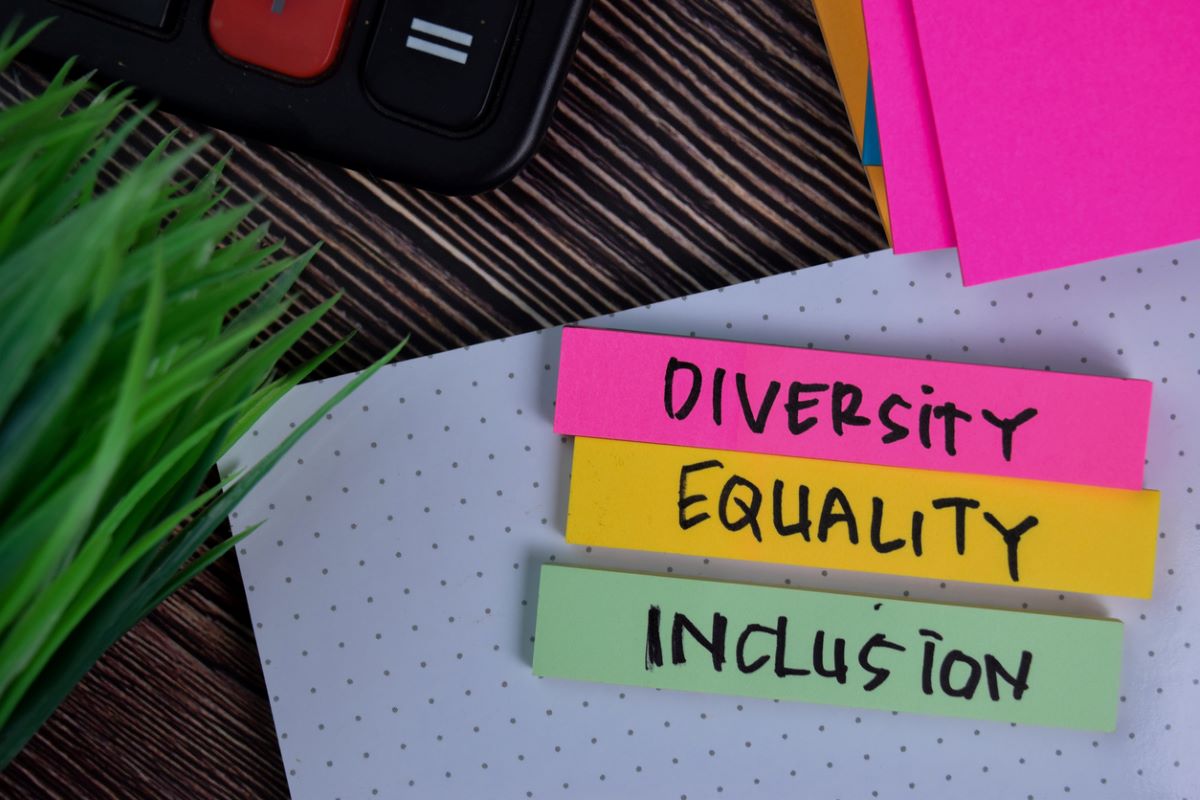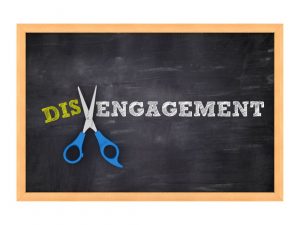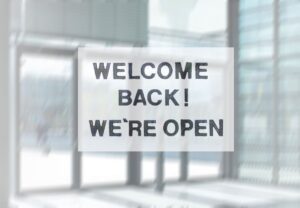When DE&I isn’t just an abstract acronym
The University of North Carolina, in effectively denying tenure to the journalist Nikole Hannah-Jones, creates a moment of reflection about what the words “diversity,” “equity” and “inclusion” really mean.

So much discussion around the topic of DE&I comes in the form of abstractions. We talk about policies that ensure all three elements—inclusion, equity, diversity. We emphasize our values around those things. Sometimes we see case studies of people and organizations as the move forward in their DE&I journey. It’s not as frequent that we see it in real time, in action.
1. The University of North Carolina and Nikole Hannah-Jones
In the case of Nikole Hannah-Jones, the University of North Carolina finds itself in the middle of a textbook study of diversity, equity and inclusion—or the lack of it.
Hannah-Jones, a correspondent for the New York Times Magazine and creator of the 1619 Project, was hired in April at UNC’s Hussman School of Journalism and Media as the Knight Chair in Race and Investigative Journalism. But she was not granted tenure with the post, as had been the precedent in the past.
Apparently, a major donor objected to Hannah-Jones on the grounds that the 1619 Project doesn’t meet his criteria for journalistic impartiality. The donor, Walter Hussman, for whom the school is named, told NPR that journalists must eschew any form of personal belief or partisanship. “I worry that we’re moving away from those time-tested principles of journalism that we had in the 20th century that were so effective at engendering tremendous trust in the media,” Hussman told NPR.
The 1619 Project is an ongoing long-form journalism initiative published in the New York Times Magazine in August 2019. It seeks to place the impact of slavery and the contributions of African Americans at the center of the national narrative. Hannah-Jones was awarded the Pulitzer Prize for her work.
But the project has proven to be controversial. Some argue that viewing history through a single prism—“monocausality”—is an inherent distortion. In particular, scholars say the historical record does not support one of Hannah-Jones’ central arguments—that a primary motivation of the American colonists for going to war with England was the protection of slavery. Hannah-Jones’ own colleague, the columnist Bret Stephens, declared that the project “failed.”
Late yesterday, Hannah-Jones responded that she won’t accept the UNC post without tenure.
Interestingly and coincidentally, UNC houses one of the most comprehensive archives of narratives of enslaved people—both horrifying and fascinating at the same time. It’s a voluminous history, telling the first-person stories of the infamy of American slavery. Now the university has to decide whether to reverse the decision about tenure for Hannah-Jones, a 2003 masters-degree graduate.
2. Rehumanize work
Good DE&I practice requires business leaders to draw upon their emotional intelligence skills to manage employees effectively in 2021. Highly publicized events like the murders last year of George Floyd, Breonna Taylor and Ahmaud Arbery show that meaningful change is needed and that organizations must do more to combat racial inequality in the workplace and in the world at large, advises Dianne Greene VP of D&I Strategy and Operations at ADP.
Best-in-class organizations do so by having open and honest conversations with their employees about societal issues that may be affecting them. These discussions can create space for employees to process what’s going on and express what it means to them, which can give everyone a chance to connect with each other and their leaders on a human level. DEI practitioners can support these conversations by training leaders, from the CEO down, on how to take an understanding and empathetic approach to discussions with their colleagues. To that end, it may be helpful to create a DEI task force with buy-in and regular support from senior leaders. Tool kits designed to help facilitate conversations around sensitive issues could also be shared with business leaders. When differences of perspective and circumstance are accepted and thoughtfully addressed in the workplace, employees will feel a sense of belonging and know that their organization wants to understand and support them.
3. DE&I touches everything
In order to drive real change, organizations need to better understand how DE&I touches every part of the business. “Wellbeing, DE&I and business objectives do not sit in their silos,” explains Michael Burns, cofounder of The Burns Brothers consulting firm and an industry expert who has guided organizations through DE&I journeys. “Often DE&I is placed in its own silo,” he says, “almost like the guest house out back.” Until organizations realize that this work is central to business outcomes, there won’t be real results.

Burns says it’s understanding how DE&I touches everything that allows an organization to develop a plan around a continuum, rather than having one-off training sessions. By tying DE&I work to the everyday work of the rest of the business, you can find ways to constantly improve and push for greater success.
Listening circles
How can you facilitate difficult conversations about race in the workplace? Some organizations are trying to have “listening circles,” small gatherings of employees where people can talk openly about their experiences and hopes for the future. “They can be effective,” says John Burns, co-founder of the Burns Brothers agency and Michael Burns’ brother. “You have to ask: ‘What will make an employee feel comfortable?’ If employees fear retribution, then you won’t get accurate feedback.”

When you do get a group of people together for a listening circle, make sure that different viewpoints and experiences are represented in the room. “If you put people from the same business unit or same department in a room, you will only hear from people with the same general experience,” Michael Burns says.
“Be intentional about who is in the room to get away from ‘group think.’” Michael Burns argues that listening circles should be tools for education and learning—not just an opportunity for airing grievances or getting employee feedback. “You want listening circles to be mechanisms to promote learning.”
Intersectionality
For organizations that have employee resource groups (ERGs), the Burns brothers advise finding ways for different affinity groups to work together on common causes.
We know that none of us is a monolith, even though we often treat each other as belonging to one category, says Michael Burns. There is an innate assumption that someone form an ERG might just be able to speak on a certain set of issues, when in reality an employee might be Black, a parent and a military veteran. By finding common ground, and encouraging ERGs to work together, change becomes more possible because the number of supporters driving the initiative increases.
“If everyone is helping to roll a stone up the hill, change is more likely,” Michael Burns says. The challenge then becomes finding those common points of emphasis that everyone can rally behind. Everyone will have their own points of emphasis—but how can you get everyone to pull together?
“Base everything that you are doing on insights and include your employees,” advises John Burns. “Once people feel like they are a part of the change, they will mobilize behind that and help roll the rock up the hill. “




